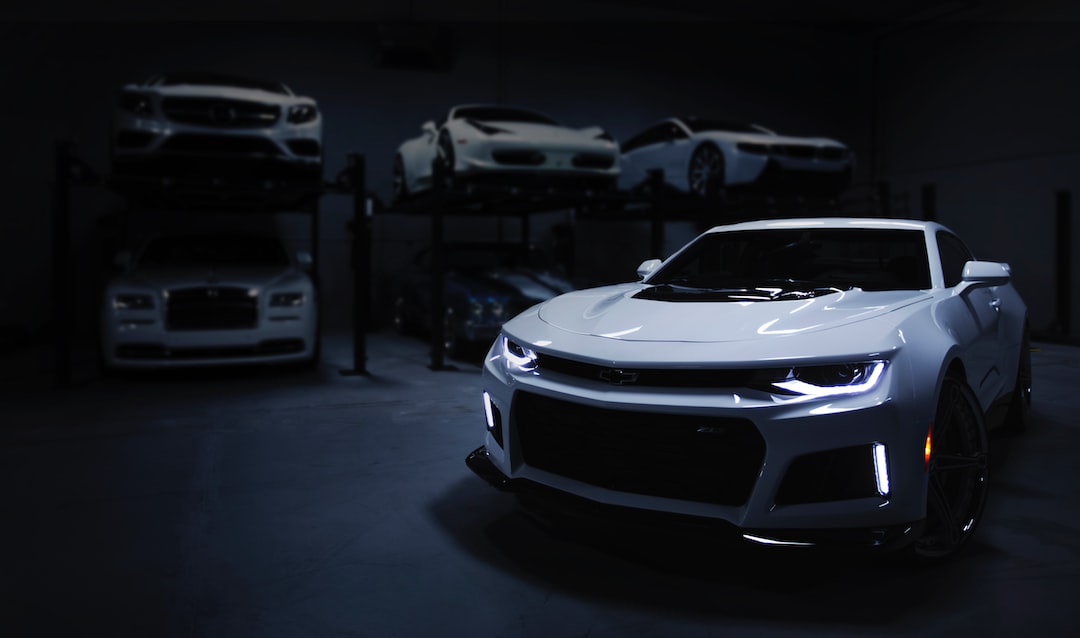- cross-posted to:
- technology@beehaw.org
- cross-posted to:
- technology@beehaw.org
This is trash reporting.
“Consumer Reports factors build quality issues that require repair into our reliability calculations, but they are not weighted as heavily as more serious problems, such as those with the engine, transmission, or drivetrain.”
I’ll take a guess that this is the source of the weird counterintuitive results. EVs have a bunch of minor QC issues resulting from their comparatively newer and less tested assembly lines, while ICE vehicles have fewer but much more severe issues. Thus they’re rated as more reliable by CR even though the average cost of maintenance is far higher.
I’d be quite curious to know exactly what their weights and standards are for determining repair severity, because their current results don’t line up with any previous direct cost of maintenance studies.
Paid for by big oil?
I must be lucky, cuz I’ve had an ev for 4 years and the only issue I had was when I was rear ended by a person in a big ass truck that couldn’t stop in time to not smash the back end of my ride.
Literally no issues but changing the wiper blades once.
As long as EVs are based on the same crappy battery tech that we have in the phones that we know dies in like 3-4 years in good conditions they won’t help us much.
Until we can power them with something better like hydrogen for example, we should start cutting emissions elsewhere, like private jets, or heating up/cooling down useless inefficient glass office buldings that people don’t need anyway since they can work from home and save the cost, time and emissions from the commute as well.
Forcing EVs right now with the crappy batteries will only get us faster to li-ion scarcity. Not to mention the battery fires that can’t be extinguished, reduced capacity in cold climates and slow recharge time.
Hydrogen is not better
Hydrogen is the future. Batteries are unsustainable and will only be a transitional technology.




